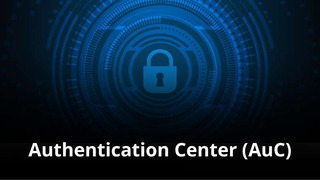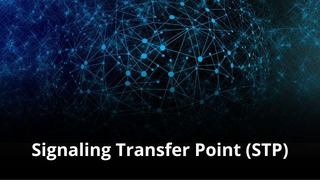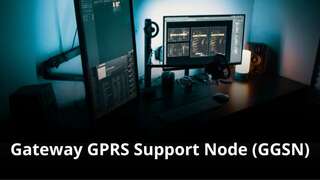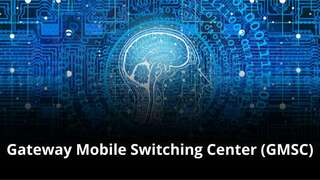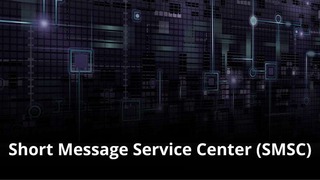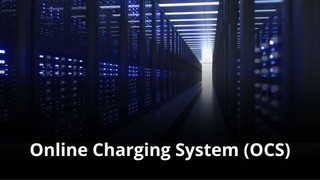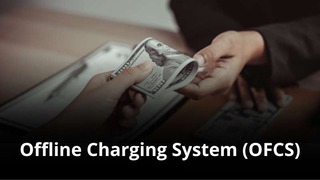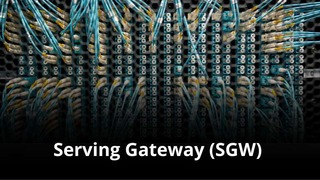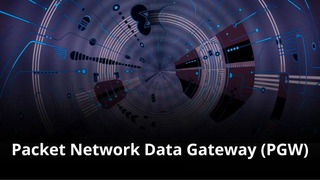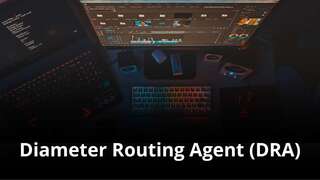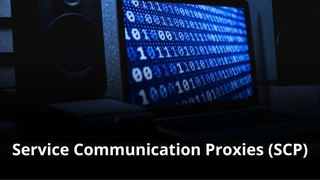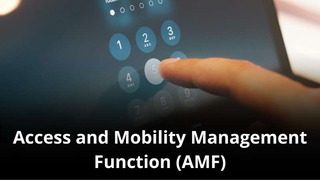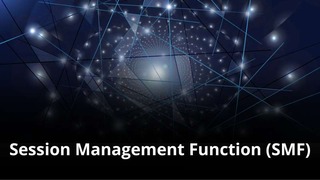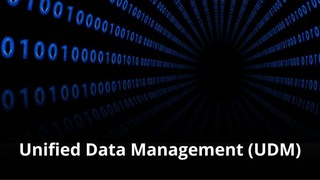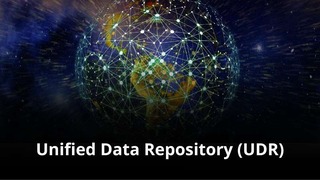Introduction about the Offline Charging System (OFCS)
The Offline Charging System (OFCS) is a critical and foundational component within the architecture of all generations of mobile communication networks (2G/3G/4G/5G). Understanding its purpose is essential for comprehending how mobile operators accurately track and bill for all services consumed by post-paid subscribers and some specialized pre-paid services. This system acts as the central, authoritative processor and repository for Charging Data Records (CDRs) generated by core network elements. You will find it crucial for any operator aiming to uphold revenue assurance, accurate billing, and regulatory compliance in their service delivery.
What are the details of an Offline Charging System (OFCS)?
- History and Evolution of the Offline Charging System
- Core Utility and Functionality of the OFCS
- Technical Integration and Data Model
- OFCS Ownership for MVNOs and IoT Companies
- Organizational Impact of OFCS Ownership?
- Redundancy and High Availability
- Impact of 5G, IoT, and Cloud-Native Architectures on the OFCS
- Frequently Asked Questions about the OFCS
- Summary
History and Evolution of the Offline Charging System (OFCS)
The concept of post-processing service usage data began with the inception of the earliest cellular standards (2G). Charging data collection was initially performed by core elements like the Mobile Switching Center (MSC) and Serving GPRS Support Node (SGSN), which generated raw files. The rise of packet data (GPRS/3G/4G) necessitated the evolution of a dedicated system—the OFCS—to handle the immense volume and complexity of data records. Its original design focused predominantly on mediation and correlation of records from multiple sources (voice, SMS, data) into a final, billable CDR. As networks evolved into 4G (LTE) and 5G, the OFCS remained vital, adopting standards like Diameter and handling the shift to complex, session-based charging models. Its architecture is continually adapting to manage the explosion of device types (IoT) and diverse consumption patterns.
Core Utility and Functionality of the OFCS
What is the OFCS Used For?
The Offline Charging System (OFCS) is the definitive process for taking raw usage data from the network and converting it into a format suitable for billing. Its primary purpose is to receive Charging Data Records (CDRs) from the core and access network functions (e.g., S-GW, P-GW, MME, AMF), perform necessary processing, and then securely deliver the output to the Billing System. It is crucial for maintaining a precise record of every service consumed by a post-paid subscriber, ensuring revenue is accurately captured and billed.
Key Functions of the Offline Charging System (OFCS)
Lets investigate the core functions of the Offline Charging System (OFCS) to understand its critical role in revenue management:
- CDR Collection: Receives raw usage data records from various network elements (e.g., SGSN, GGSN, S-GW, P-GW, AMF, SMF) via various interfaces (e.g., GTP’, Diameter).
- Mediation: Normalizes and converts received records into a common format, handling protocol variations and complex charging data structures.
- Correlation: Links multiple usage records that belong to a single subscriber session (e.g., linking voice call setup with call duration records) to create a final, aggregated CDR.
- Security and Audit Trail: Ensures the security and non-repudiation of charging data, maintaining an immutable audit trail of all usage records for compliance.
- Data Validation: Checks the integrity and completeness of the received records, flagging or correcting errors to ensure the final billing is accurate (revenue assurance).
- Rating Input (Pre-Processing): Prepares the final, aggregated, and enriched CDRs and delivers them to the Billing System for the final price calculation (Rating).
- Enrichment: Adds extra, non-usage-related information to the CDRs, such as subscriber profile data, service plan details, or geographical information, necessary for billing.
- Data Storage and Archiving: Temporarily stores raw and processed CDRs before and after delivery, ensuring recoverability and meeting long-term regulatory storage requirements.
- Reporting and Analysis: Provides reports on network element performance, traffic trends, and billing system throughput, aiding operational planning and fraud detection.
Technical Integration and Data Model
The Offline Charging System (OFCS) is the bridge between the network and the business/billing domain. Examine its key integration points to appreciate its centrality:
- Core Network Functions (e.g., P-GW, S-GW, AMF, SMF): These are the data sources. The OFCS receives raw charging records from these nodes.
- Billing System: This is the data consumer. The OFCS delivers the final, processed, and aggregated CDRs to the billing system for rating and invoice generation.
- Operation and Maintenance (O&M) Systems: Interfaces are used for monitoring the health, capacity, and throughput of the charging process.

Technical Data Model and Key Interfaces
The Offline Charging System (OFCS) employs a structured Technical Data Model to manage and process massive volumes of session and usage data. The data model is centered around the Charging Data Record (CDR) structure, which contains all necessary usage details (time, duration, volume, service ID, user ID). Key interfaces utilized by the OFCS include:
- Ga / Rf: Used for receiving charging records from 2G/3G/4G core nodes via protocols like GTP’ (GPRS Tunneling Protocol) or Diameter (Rf interface).
- Nchf (5G): Uses the 5G Charging Function (CHF) service-based interface (SBI), typically based on HTTP/2, to interact with the OFCS for consolidated charging data delivery.
- Billing System Interfaces: Often proprietary or based on standard file transfer protocols (e.g., FTP/SFTP) or database connections for efficient bulk delivery of finalized CDR files.
OFCS Ownership for MVNOs and IoT Companies
For a Mobile Virtual Network Operator (MVNO) or an IoT company, owning a dedicated Offline Charging System (OFCS) (or utilizing a distinct, virtualized OFCS instance) can be a strategic necessity. This system is the fundamental tool for converting usage into revenue. Owning it allows these companies to gain significant control over rating inputs, customized record processing, rapid introduction of new service bundles, and integration with proprietary billing systems. This level of flexibility, especially in handling specialized IoT data formats or complex MVNO wholesale charging models, is difficult to achieve when fully relying on the host MNO’s congested or inflexible OFCS.
Advantages and Disadvantages of OFCS Ownership
Direct Control over CDR data quality and the entire mediation/correlation process.
Customized Rating Inputs to support unique business models, product bundles, or complex wholesale agreements.
Faster Time-to-Market for new services requiring specific CDR formats or data enrichment.
Enhanced Revenue Assurance and compliance through independent auditing and data validation processes.
Optimized Integration with the company’s existing financial and billing platforms.
High Initial Investment in specialized, high-capacity, revenue-critical software and database infrastructure.
Operational Complexity requiring expertise in data integrity, large-scale database management, and telecommunications charging standards.
Maintenance and Upgrade Costs for a mission-critical, 24/7, high-volume data system.
Interconnection Challenges with the host MNO’s core network elements (requires secure and reliable GTP’/Diameter interfaces).
Massive Data Handling Requirements due to the sheer volume of daily usage records.
Organizational Impact of OFCS Ownership
Analyzing the organizational impact of owning an Offline Charging System (OFCS) across various business units.
Operational Impact: Requires the establishment of a dedicated technical team proficient in data mediation, ETL (Extract, Transform, Load) processes, high-volume database administration, and revenue assurance monitoring. This team will monitor CDR collection, process flow integrity, and handle data synchronization issues. Recruitment of specialized personnel with expertise in charging and billing becomes essential.
Financial Impact: Evaluate the significant capital expenditure (CapEx) for the initial hardware, software licenses, and robust database systems. There will be high ongoing operational expenditure (OpEx) for maintenance contracts, data storage (archiving), and salaries for highly skilled data and charging experts.
Commercial Impact: Leverage the OFCS for highly flexible and immediate product innovation by allowing rapid adaptation to new service definitions and charging parameters. This minimizes the risk of revenue leakage when new services are launched.
Technical Impact: Mandates the implementation of detailed protocols for managing data integrity, ensuring zero data loss, and maintaining security (encryption and access control) for highly sensitive customer usage data. The company must own the end-to-end responsibility for system stability and auditing.
Redundancy and High Availability

The Offline Charging System (OFCS) is the single, central point of failure for all post-paid revenue collection; therefore, Redundancy and High Availability (HA) are absolutely critical requirements. Implement a fully redundant system architecture, typically achieved through database clustering, active-standby processing nodes, and geographical redundancy. This design ensures continuous CDR collection and processing even during catastrophic site failure. Methods like journaling and rigorous end-to-end data reconciliation checks are standard practice. The system must employ rigorous data synchronization mechanisms to guarantee that records are not lost or duplicated across primary and backup systems.
Impact of 5G, IoT, and Cloud-Native Architectures on the OFCS
OFCS’s Transition
With the arrival of 5G (New Radio), the dedicated OFCS is evolving. Its function is now part of the broader Charging Function (CHF), which handles both online (real-time) and offline charging. The OFCS component handles the collection of charging information directly from the Session Management Function (SMF) and User Plane Function (UPF) via the Nchf service-based interface. This shift is characterized by the move from file-based or Diameter-based CDR transfer to a microservices-driven, API-based communication using protocols like HTTP/2 and JSON for greater efficiency and scalability.
5G, IoT, and Cloud-Native Architecture
In the 5G core, charging is centralized in the CHF, which is designed to be cloud-native. This means the OFCS functionality is implemented using containers and microservices for massive horizontal scalability, essential for managing the overwhelming volume of small transactions generated by IoT devices. The architecture supports far more granular and complex charging models (e.g., differentiated billing based on network slice, QoS, or application). The future of the OFCS is fully distributed and integrated into the cloud environment, ensuring low-cost processing of the massive data volumes expected from 6G and beyond.
Frequently Asked Questions about the Offline Charging System (OFCS)
1. What is the main function of the OFCS?
The primary function is to securely collect, mediate, correlate, and enrich raw network usage data, transforming it into final, billable Charging Data Records (CDRs) for the billing system.
2. What is a CDR?
A Charging Data Record (CDR) is a detailed usage record generated by a network element (e.g., P-GW) that contains all information required to calculate the cost of a service used by a subscriber.
3. How does the OFCS differ from an OCS?
The OFCS (Offline) handles records for post-paid subscribers (billing after use), while the OCS (Online) handles real-time credit checks and deduction for pre-paid subscribers (billing before or during use).
4. What protocols are used for data transfer?
In 4G, GTP’ and the Diameter Rf interface are common. In 5G, the Nchf service-based interface, typically using HTTP/2, is utilized.
5. Is the OFCS still necessary in a 5G network?
Yes, the OFCS functionality is essential. It is now encompassed within the broader, cloud-native Charging Function (CHF), handling all post-paid and off-line charging requirements for 5G services.
Summary
The Offline Charging System (OFCS) is the central, authoritative system that securely manages the entire process of converting network usage into revenue for post-paid services. Acquiring and operating a dedicated OFCS offers MVNOs and IoT companies significant advantages in product flexibility, revenue assurance, and customized billing integration. However, this decision involves substantial complexity and requires specialized expertise in data integrity, high-volume processing, and telecommunications charging standards. While the OFCS is integrated into the broader 5G CHF, its conceptual role—that of the master revenue data repository—remains fundamental to all mobile communication generations.
